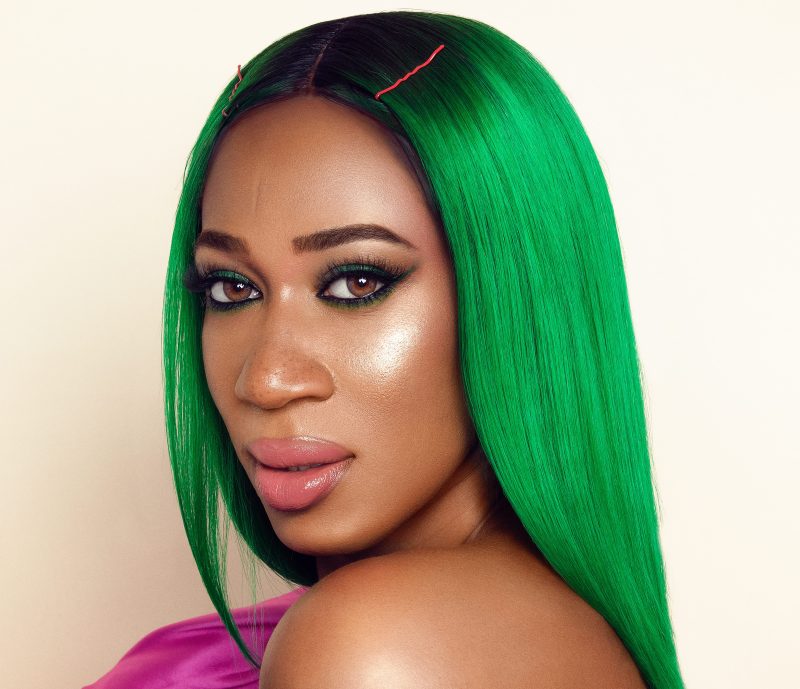The city’s Department of Parks & Recreation and the Historic House Trust have taken ownership of Flushing’s Bowne House, the oldest structure in Queens and one of the oldest in the city.
The property was donated by the Bowne House Historical Society, which will continue to operate the house as a museum. It is now part of the Historic House Trust, the group administering the Parks Department’s collection of historic houses.
The three will partner in a phased restoration of the house and construction of a visitor center, which will include an archeological investigation of the site and redevelopment of Weeping Beech Park, surrounding the house.
“We are eager to begin the ambitious array of projects that will allow the community to enjoy and appreciate its rich history,” said Historic House Trust executive director Franklin Vagnone.
To celebrate a 2010 start to the estimated $4 million, two-year project, officials gathered at the house, at 37-01 Bowne Street, on Tuesday, September 29.
They passed a ceremonial key to students from the nearby East-West School for International Studies, to symbolize the placing of the house in public hands. The structure is so dilapidated – the roof has been covered with a tarpaulin in recent years – it has been closed to the public for some time.
“Bowne House has always been more than a historic house. It has been a center of learning and inspiration to generations of visitors,” said Bowne House Historical Society President Rosemary Vietor, adding, “We look forward to a bright future ahead.”
Funding for the restoration and construction came from both public and private sources. The Bowne House Historical Society collected some $600,000 privately and tallied another $350,000 in state and matching funds.
Borough President Helen Marshall allocated $2.4 million for the two projects; Councilmember John Liu earmarked over $1.45 million for them.
Former Assemblymembers Ellen Young and Barry Grodenchik both funneled money to the restoration; she gave $125,000 to the Society, he allocated $100,000 to the Parks Department
. Mayor Michael Bloomberg provided $23,000.
State Senator Frank Padavan joined Marshall and Liu in funding the Visitor’s Center, to the tune of $100,000, and some of the state operational funding.
The house was built circa 1661, when what would become New York City was the settlement of New Amsterdam, clinging to the southern tip of Manhattan, by English Quaker John Bowne.
Bowne opened his home to religious meetings of The Society of Friends (Quakers) in violation of a ban on all religions except the Dutch Reformed Church, declared by colonial Governor Peter Stuyvesant.
His arrest and deportation to Holland for trial were the driving force behind the Flushing Remonstrance, a petition signed by more than 30 residents of “Vlishing,” objecting to a ban on religious expression. It is said to be the foundation of the Bill of Rights, and all such declarations that followed.
Bowne was eventually freed and returned to Flushing until his death in December, 1695.
He also signed a 1672 letter explaining Quakers’ conscientious refusal to contribute to the repair of New York’s fort – one of the earliest examples of war tax resistance.




























